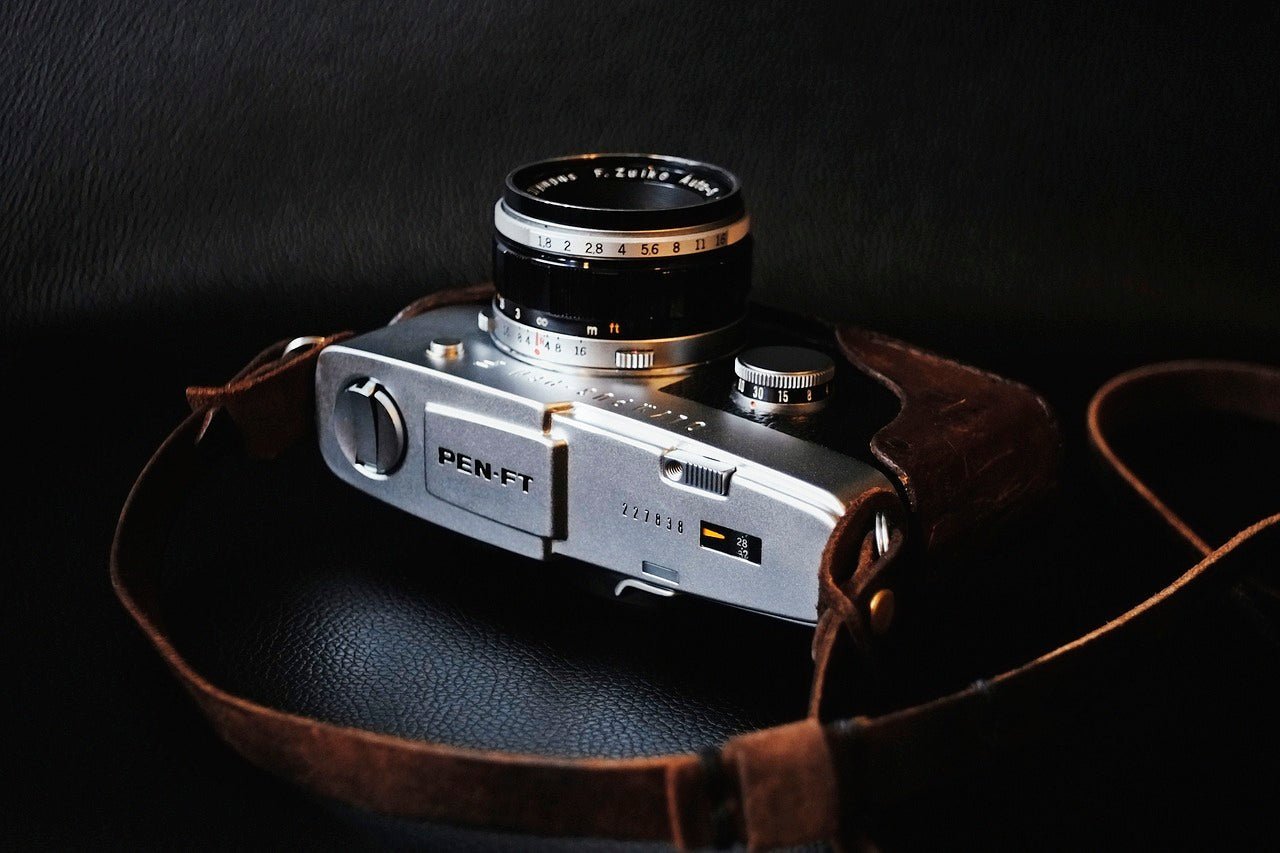Leather camera straps are more than just functional accessories; they are an essential part of a photographer’s gear, offering comfort, durability, and style. However, without proper care, leather can dry out, crack, and lose its strength over time. Maintaining a leather camera strap is crucial for ensuring its longevity and performance. This guide explores the best methods to keep leather camera straps supple and strong, covering everything from routine cleaning to advanced preservation techniques.
Understanding Different Types of Leather
Not all leather camera straps are created equal. Understanding the type of leather used in a strap helps determine the best maintenance routine.
-
Full-Grain Leather: The highest quality leather, known for its durability and natural imperfections. It develops a rich patina over time but requires consistent conditioning to prevent drying out.
-
Top-Grain Leather: Slightly processed to remove surface imperfections, top-grain leather is smooth and easier to clean but still requires regular care.
-
Genuine Leather: Often made from lower layers of hide, genuine leather is more affordable but requires frequent conditioning to maintain its integrity.
To identify the type of leather, check the texture and flexibility. Full-grain leather retains natural imperfections, while top-grain leather has a smoother surface. Genuine leather tends to be thinner and less robust.
Routine Cleaning and Inspection
Routine maintenance is essential for keeping leather camera straps in prime condition. Regular cleaning removes dirt and oils that can break down the leather over time.
Step-by-Step Cleaning Process
-
Wipe Off Surface Dirt: Use a dry microfiber cloth to remove dust and debris.
-
Damp Clean: If the strap is visibly dirty, use a damp cloth with mild soap to wipe down the surface. Avoid excessive moisture.
-
Air Dry: Let the strap dry naturally in a shaded area to prevent cracking.
-
Buff the Leather: Use a soft cloth to buff and restore the natural sheen.
Inspecting for Damage
Regularly check for signs of wear and tear, such as cracks, stiffness, or loose stitching. If the strap shows signs of structural damage, consider professional repair to prevent breakage.
Deep Cleaning and Conditioning
Deep cleaning and conditioning are essential to prevent leather from drying out and cracking.
Deep Cleaning Process
-
Use a Leather Cleaner: Apply a small amount of leather cleaner to a soft cloth and gently rub the strap.
-
Wipe Off Residue: Use a clean, dry cloth to remove any excess cleaner.
-
Let It Dry: Allow the leather to air dry completely before applying conditioner.
Conditioning the Leather
-
Choose a High-Quality Leather Conditioner: Use a conditioner designed for camera straps or high-end leather goods.
-
Apply in Circular Motions: Using a soft cloth, rub the conditioner into the leather in small, circular motions.
-
Let It Absorb: Leave the conditioner to soak in for a few hours or overnight.
-
Buff Off Excess: Wipe away any residue with a clean, dry cloth.
Conditioning should be done every 3–6 months, depending on usage and environmental exposure.
Preventative Measures for Durability
Protecting a leather camera strap from external damage helps extend its lifespan.
-
Avoid Excess Moisture: Leather absorbs water, leading to stiffness and mold growth. If exposed to rain, dry it with a soft cloth and let it air dry naturally.
-
Keep Away from Direct Sunlight: Prolonged exposure to UV rays can fade and weaken leather. Store the strap in a shaded area when not in use.
-
Protect from Extreme Temperatures: Heat can dry out leather, while cold temperatures can make it brittle. Keep the strap in a temperature-controlled environment.
Storage Solutions
Proper storage prevents deformations and maintains the quality of the leather.
-
Use a Cloth Bag: Store the strap in a breathable cotton or microfiber bag to prevent dust accumulation.
-
Hang It Properly: Avoid folding or crimping the strap to maintain its shape.
-
Keep It in a Cool, Dry Place: Avoid storing in humid areas to prevent mold and mildew growth.
DIY Care and Maintenance Tips
For those who prefer home remedies, these simple solutions can help maintain leather camera straps:
-
Beeswax & Coconut Oil: A mix of beeswax and coconut oil can work as a natural leather conditioner.
-
Vinegar & Water Solution: A mild mixture (1:2 ratio) can help clean minor stains. Always follow up with conditioning.
-
Baking Soda for Odor Removal: Sprinkle baking soda over the strap and leave it overnight to absorb unwanted odors.
Professional Care and Services
For heavily damaged straps, professional leather care services can restore and rejuvenate leather.
-
When to Seek Professional Help: If the strap has deep cracks, color fading, or severe stiffness.
-
Benefits of Professional Treatment: Experts use specialized products and techniques to extend the leather’s life.
Troubleshooting Common Issues
-
Stiff Leather: Apply a generous amount of conditioner and let it soak overnight.
-
Discoloration: Use a leather-safe dye or seek professional refinishing.
-
Mold Growth: Wipe with a vinegar-water solution and store in a dry area with silica gel packs.
Enhancing Longevity
Taking additional steps ensures that a leather camera strap remains in peak condition for years.
-
Rotate Straps: If using multiple camera straps, rotate them to distribute wear evenly.
-
Clean After Outdoor Use: Wipe down the strap after each use in dusty or humid conditions.
-
Use a Protective Leather Spray: A protective coating helps repel water and dirt.
Maintaining a leather camera strap requires a combination of regular cleaning, conditioning, and proper storage. By following these steps, photographers can ensure their straps remain durable and comfortable for years. Using high-quality leather care products ensures longevity and protection against the elements.
For those seeking specialized leather care solutions, Pecard Leather Care provides premium cleaner and protectants designed to keep leather supple and strong. Investing in quality maintenance products helps protect valuable camera gear and extends the lifespan of leather accessories.
FAQs
1. What is the best conditioner for leather camera straps?
The best conditioners are those designed for high-quality leather goods. Products that provide deep moisture without leaving a greasy residue work best. Pecard Leather Care offers premium leather cleaners that help maintain suppleness and durability.
2. How often should I clean my leather camera strap?
For regular use, clean the strap every few weeks to remove dirt and oils. Deep cleaning and conditioning should be done every 3–6 months.
3. Can I repair a torn leather camera strap at home?
Minor scratches can be treated with a leather balm, but deep tears require professional repair to maintain the strap’s integrity.
4. How do I protect my leather strap from rain and humidity?
Apply a leather protector spray and store the strap in a dry environment. Avoid prolonged exposure to moisture and dry the strap immediately if it gets wet.
5. Is it safe to use household leather cleaners on my camera strap?
It’s best to use cleaners specifically designed for leather camera straps to prevent damage. Avoid harsh chemicals that may strip natural oils from the leather.






